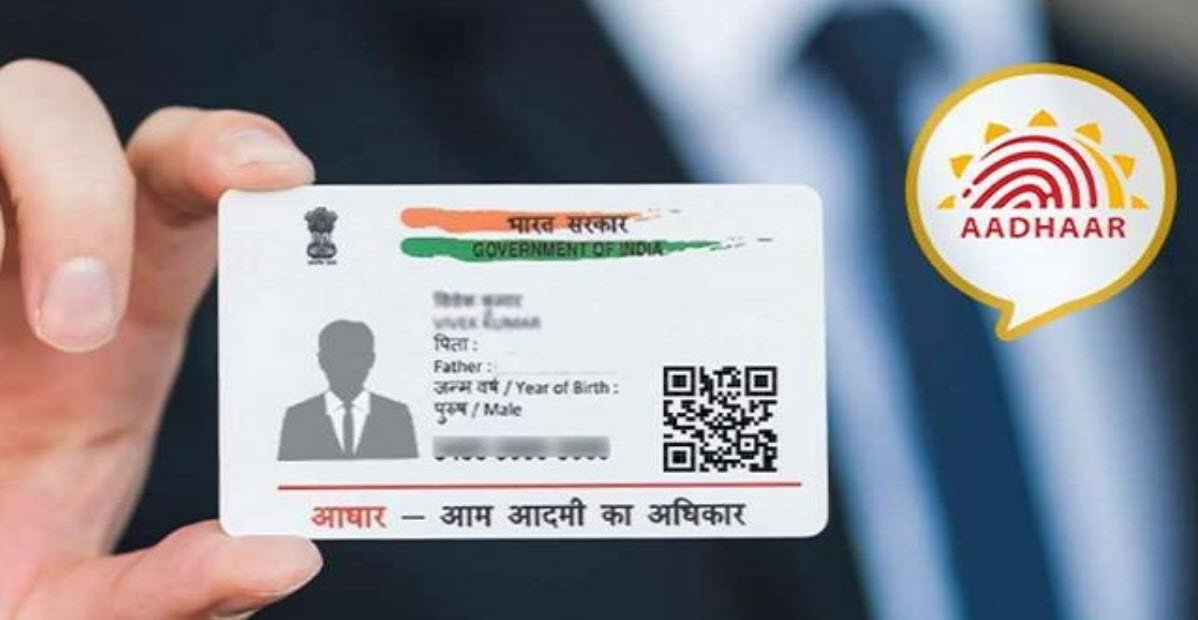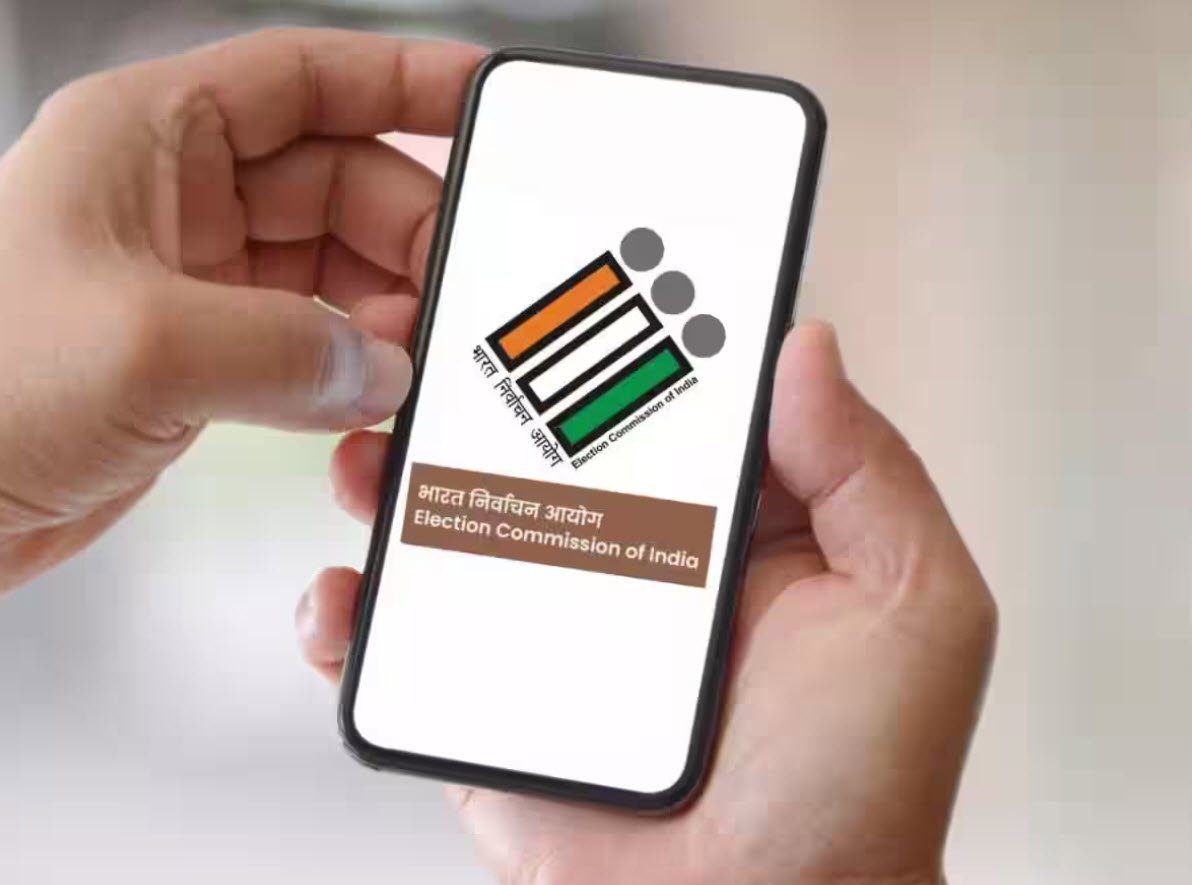
Some teams are highly effective, while others never seem to get off the ground. When teams are not working well, it can be a very serious matter, costing the organisation money and time.
While the reasons that make a team unproductive are not fixed or universal, there are some guidelines regarding what could not be working right that can be used to clarify the situation:
- The team may be lacking the required specialist skills to tackle a project expertly and confidently
- The team may be lacking one or more vital roles
- Members may feel their personal skills are not appreciated and they may lose motivation (often the result of weak leadership or bad management)
- The team may feel their efforts will not be supported by authorities and funding agencies, especially if they are working under budget constraints and/or on obscure or unpopular projects
- A conflict of values or expectations may exist where some team members may expect different results from the project or the team may be expecting different results from the management
- The brief describing the objectives and scope of a project may be unclear, leading to confusion
- Personal conflicts may hinder the achievement of goals. This is especially true of competitive environments where people are not accustomed to working cooperatively.
Managing Conflict in Teams
As it probably has become clear from the preceding discussion, managing conflict is no easy matter. In most aspects of interpersonal communication, contextual factors, such as the setting of the interaction, the background of the participants and the nature of the interaction, are important in pointing to the most appropriate reactions, and conflict management is no exception to this.
Also Read: Establishing Key Performance Indicators (KPI) In Your Company
However, as regards teamwork, which has been our main focus in the last two sections, a general process for managing conflict involves five steps:
1. Define the problem
The definition of the problem is the most important step in finding a solution. In many cases there is low morale and a lack of commitment by team members because there is a problem that has not been voiced or made conscious within the group dynamics.
An effective method of discussing the problem that caused this conflict is to describe it in writing. Each conflicting side should describe their perspective on the matter as clearly and as objectively as possible, avoiding ‘I said / he said’ type criticism.
It is also important to avoid generalizations, such as ‘they’, ‘always’, ‘never’, etc, and to determine if the reaction is proportional to the situation. In describing the issue, consider if it had objective grounds to escalate into conflict, or if it is likely to have been caused by misunderstanding. Also examine the history of the situation and the participants: Are there left-over emotions, grudges from a previous event?
2. Analyze the problem
Once the group agrees on the nature of the problem, the next step is to analyze it in terms of size, causes and criteria of evaluation. At this stage, it is important not to succumb to the temptation of listing possible solutions before having analyzed the problem thoroughly.
Before answering the question ‘what can be done to solve the conflict’, team members should answer ‘why is this a conflict?’ and ‘for whom is it a conflict?’
3. Generate possible solutions
Brainstorming is usually an effective way to generate ideas that could lead to the resolution of the conflict. At this stage, evaluation or nitpicking criticism of ideas should be avoided, and team members should produce as many possible solutions as they can.
4. Evaluate and test the various solutions
After the brainstorming stage, each possible resolution should be examined to ascertain its merits and drawbacks. Factors to consider carefully include if the solutions are likely to work, if they are fair to all, and if they can be implemented easily.
Suggested Read: Top Secrets About Telephonic Interview
This should eliminate the solutions that are not worthwhile and leave a reduced number of options.
5. Choose a mutually acceptable solution
From the reduced number of possible solutions the one that seems to be the most effective can be chosen for a trial period. The best way to articulate this would be, once again, in writing. At times choosing an option is a risky act, with no guarantees that the selected solution will work.
However, if the decision was reached by (relative) consensus (while avoiding the traps of Groupthink), all the parties involved will be responsible for testing it and providing feedback.
You may also like:- How to File ITR Online – Eight Easy Steps for E-Filing Income Tax Return
- How to Apply for a Driving Licence Online
- How to Download an Interest Certificate from ICICI Bank
- 8 Key Things You Want To Know About Settling LIC Maturity Claims
- How To Retrieve Lost or Forgotten Aadhaar Number? Check Step-by-step Guide Now
- How to Check Your EPF Account Balance – Online and Offline Methods
- How to Check Your Name Online on Voter List – Lok Sabha Elections 2024
- Mastering the Art of Job Interviews – Tips for Success
- A Guide on How to Dress for a Job Interview
- Most Commonly Used Acronyms You Need To Know








